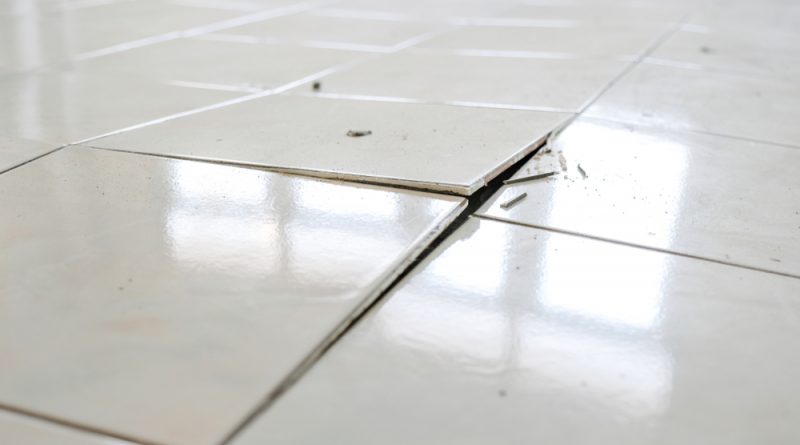Causes of buckled and blistered tiles, and ways to prevent
Tile flooring is common and can be found in many residential and commercial settings due to its aesthetic appeal, easy maintenance and wide range of attractive designs and tile types available in the market.
Every tile finish would require proper installation and care to ensure long term durability. Improper installation and design details could result in adhesion failures, i.e., debonding, tiles popping up or buckling of tiles, cracking of tiles, etc.

The phenomenon behind buckled tiles
So, what happens before tiles buckle? The tiles are compressed one against the other which, in turn, creates tension at the interface between the tile and the tile bed. The separation of the tile from the tile bed begins and the tiles begin to progressively lose its bond to the tile bed while resisting the compressive stresses. A situation of instability is gradually reached and the tensions are transformed to the tiles which causes buckling.

Let’s take a look at the reasons that cause this phenomenon and the measures to undertake to prevent it:
1. Expansion or shrinkage
When floors are exposed to drastic temperature or humidity changes, the floor may swell or shrink faster than the tile. Shrinkage can also occur due to the natural compacting of concrete as it cures or due to the building load as it ages.
Prevention: Incorporate expansion joints (a.k.a. movement joints) around the perimeter of the tiled surface as well as within the surface at appropriate intervals for large floor area. Expansion joints should be inserted where tiling abuts restraining surfaces such as perimeter walls, columns, curbs, steps fixed to the base. Expansion joints are recommended in all areas where conditions that may generate stresses are likely to be extreme, for example, large rapid temperature changes.
2. Screed not properly cured
When concrete or cement/sand screed is not properly cured, it is still in a phase of major shrinkage and drying shrinkage cracks can occur after tiling.
Prevention: Allow sufficient curing.
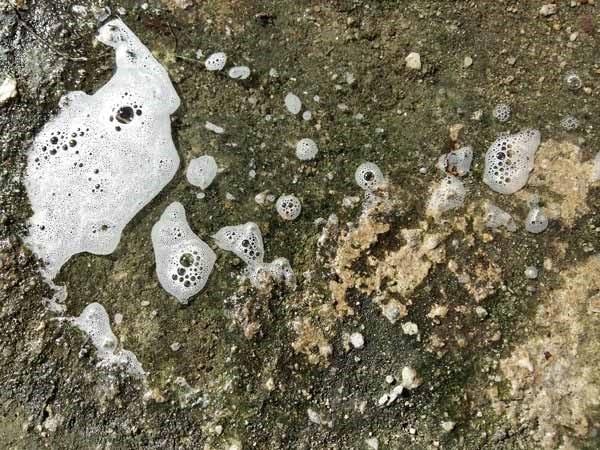
3. Using the wrong type of adhesive
Outdoor applications call for different tile adhesives compared to indoor installations. The tile adhesive also has to be suitable for the substrate type and its location. Environmental conditions where the tiled surface is located should be taken into account. For instance, external environments exposed to considerable differences in temperature, public and industrial environments where the tiles surface is subject to high mechanical stress.
With the development of the materials industry, traditional tiles such as double-fired ceramic tiles, and single-fired ceramic tiles are being substituted by high-class tiles such as porcelain, mosaic grass, granite, and other special tiles. The technical characteristics and installation process required for these high-class tiles are increasingly advanced, which leads tile adhesives and grout material are also improved and diverse.
Besides, many construction units still apply the traditional method of bonding slurry for tiling. This method is also one of the main reasons why tiles are prone to buckling and blistering because of depending a lot of tiling skills and the quality of the raw materials. This traditional method is gradually no longer suitable for high-volume projects and high-class tiles.
Prevention: Use the proper tile adhesive from Mapei with high bonding depending on the areas and purpose of use. Refer to the attached table below for each specific category:
| Tile adhesive | Small-size tile (<600 mm) | Large-size tile (>600 mm) and stone |
| Dry interior and exterior areas | C1 | C1T |
| Wet interior and exterior areas | C1T | C2TE |
| Swimming pool and sauna areas | C2TE | C2TE |
| Exterior, heavy traffic, shaking suffering, waver temperature areas | C2TES1 | C2TES1 |
| Rapid-setting maintenance areas are required | C2FS1 | C2FS1 |
(*) Do not use C1 and C1T adhesive for non-absorbent tiles or bad substrate.
(**) With high absorbent stone, light color, or mosaic, white tile adhesive is highly recommended.
(***) When installing heavy stones, even in dry areas, an anchor system to support is needed.
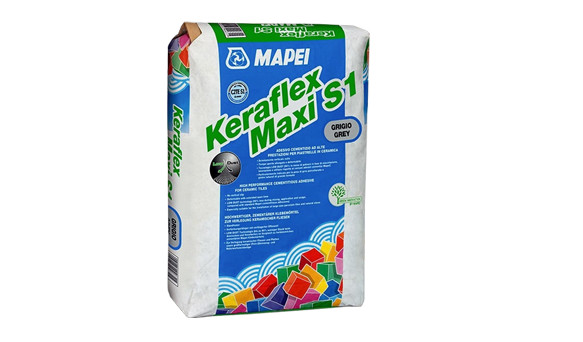
4. Insufficient joint width or butt joint
The absence of joints or insufficient joint width between tiles do not allow space for tiles to expand and contract, which could also lead to buckled tiles.
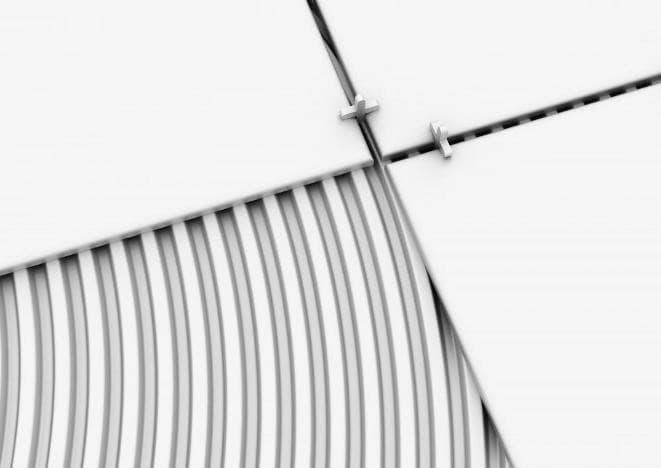
Prevention: Allow for wider joint width between tiles. For floor tiles, the suggested minimum joint width shall be not less than 3mm. When using extruded tiles, joint width should be wider, at least 6-10mm, in consideration of manufacturing tolerance of the tile type.
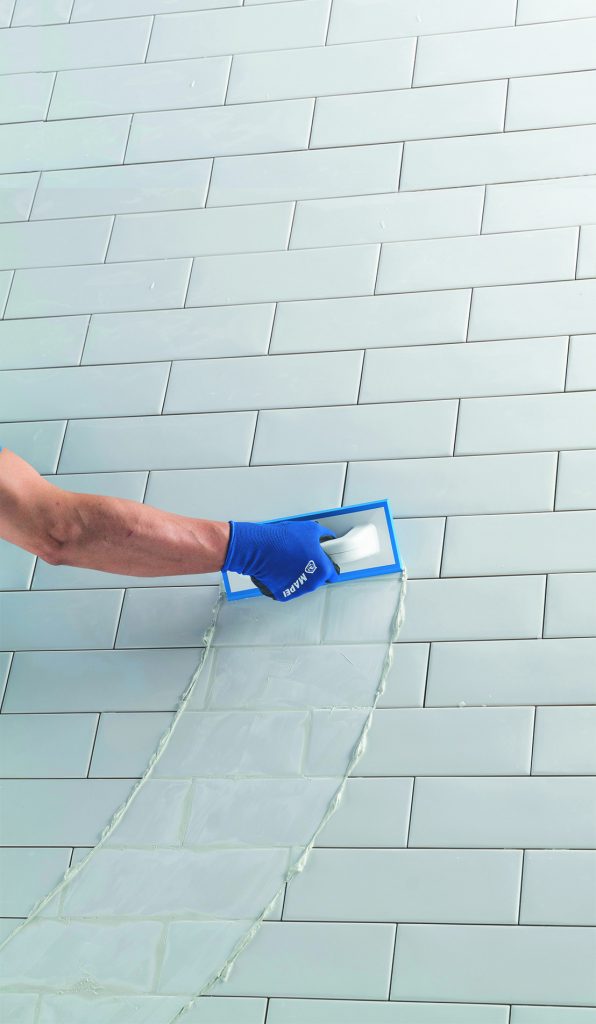
In addition, proper grouting and using a suitable grout product are also important factor to stay will a long service life and aesthetic tiling surface. With Keracolor SF from Mapei, a cementitious mortar for grouting joints up to 4mm wide, with high workability, 6 available colors, good waterproof ability and high resistance to abrasion, low shrinkage rate, therefore free of cracks and ensuring durability of tiling system.
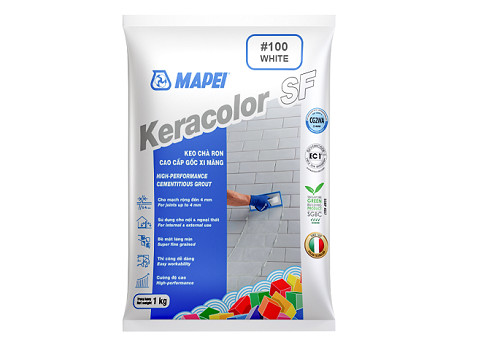
Access this link to find out advanced tiling solution from Mapei Vật liệu ceramic | Vật liệu đá | Mapei or contact to our fan page https://www.facebook.com/MapeiVN




